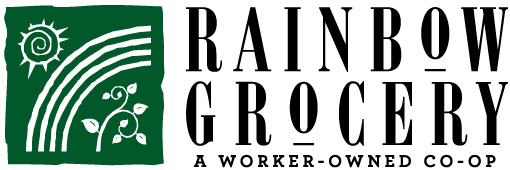Cutaneous T-Cell Lymphomas (CTCLs) include a group of non-Hodgkin’s lymphomas, including mycosis fungoides and Sezary syndrome. A number of treatments are available; but, patients often become resistant to standard therapy. New treatments are needed and are reviewed by the authors.
Mycosis fungoides is slow growing and has a good prognosis. Sezary syndrome is more aggressive and has a more serious prognosis. The cells of these cancers are CD4+ T cells, usually; they can be CD8+ cells. Typical of these cancers are “skin-homing” lymphocytes. Topical pharmaceutical therapy is the usual early treatment of mycosis fungoides. Ultraviolet light therapy and photodynamic therapy are used.
The authors list medications that are used in CTCLs. Histone deacetylase inhibitors (HDACi) inhibit the deacetylation of histone proteins seen with DNA. HDACi’s are important to reduce cell proliferation and migration and to increase apoptosis. Vorinostat (zolinza) is the first FDA-approved pharmaceutical HDACi. Another HDACi is romidepsin. They have side effects of fatigue, loss of appetite, diarrhea, nausea and low white blood cell counts.
Stem cell transplants can be used, especially in advanced mycosis fungoides and Sezary syndrome. Stem cell transplantation has some serious problems.
CONCLUSION: Mycosis fungoides and Sezary syndrome are cancers of CD4+ cells, mainly. Treatment depends on the stage of the disease. Treatments include local therapies, biologics and chemotherapy. Various agents continue to be studied, including histone deacetylase inhibitors (HDACi) and stem cell transplants.
NOTE: Sodium butyrate is one natural histone deacetylase inhibitor used in cancer treatment.
The “skin-homing” white cells are cells which migrate to the skin where the cancers become apparent.
Read about treatment of other lymphomas.
To read the author’s abstract of the article click on the link to the author’s title of the article above.
PMID: 19532014.
Summary #318.

